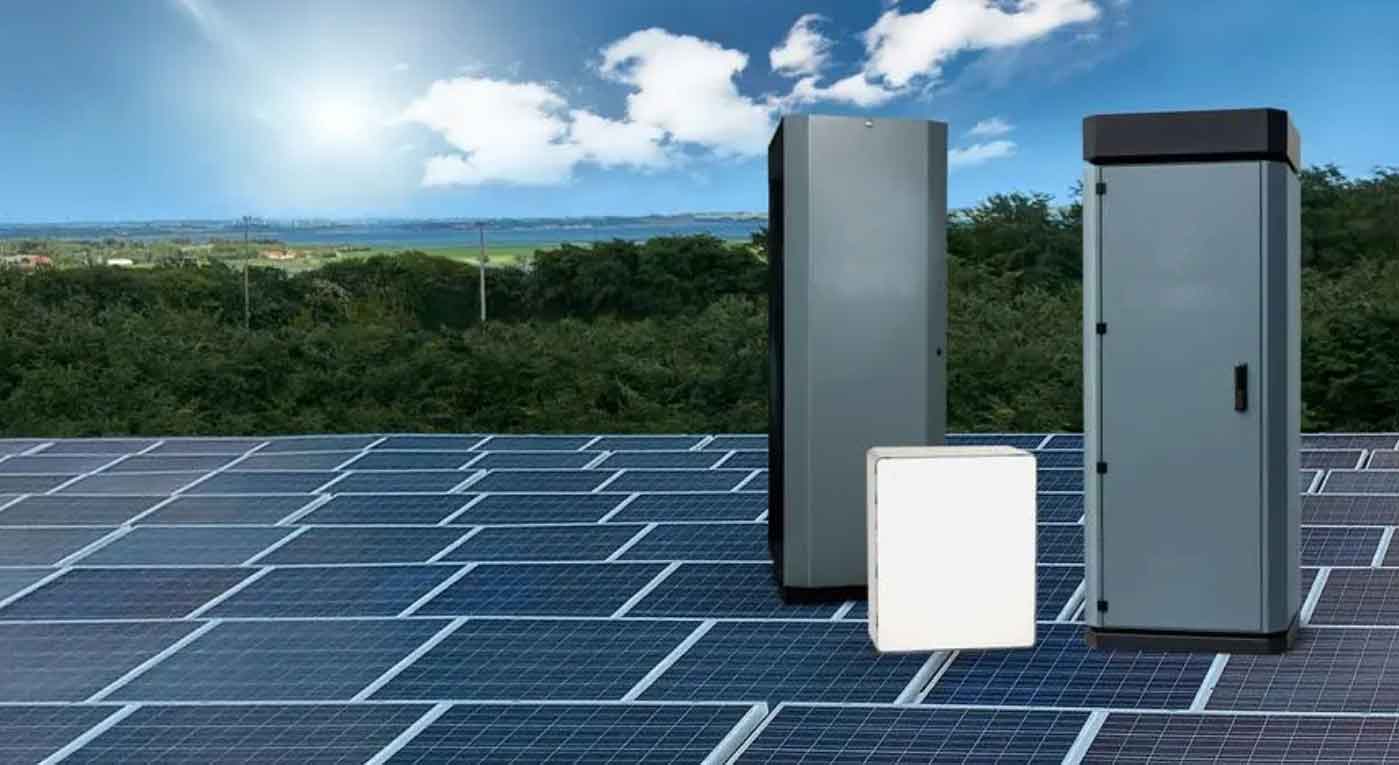
Household energy storage systems (ESS) are critical for managing home energy usage, particularly for homes that generate their own electricity through renewable sources like solar panels. These systems store excess energy generated during peak production times and distribute it when production is low or demand is high. The configuration of the output phases in these systems affects how the stored energy is distributed and used in a home.
Three-Phase Output
Three-phase output is common in industrial applications but can also be found in residential systems, particularly in larger homes or those with specific power requirements. This setup involves three separate electrical phases, each delivering power in a sequence, which balances the load and is more efficient for high-demand appliances and machinery.
- Efficiency: Three-phase power is more efficient at transmitting electricity and can reduce energy losses compared to single-phase power.
- Appliance Compatibility: It supports high-power appliances such as pumps, air conditioning systems, and large machinery, which might be present in homes that also serve as business sites.
- Balanced Load: It helps in balancing the electrical load across different phases, reducing the risk of overloading single circuits.
Dual-Phase Output
Dual-phase output, commonly referred to as split-phase or single-phase, is the standard in most residential settings in North America. It provides two phases: typically one neutral wire and two power carrying wires which are 180 degrees out of phase with each other.
- Simplicity and Cost: Dual-phase systems are simpler and generally less costly to install and maintain than three-phase systems.
- Residential Compatibility: They meet the needs of most typical household appliances, including lighting, heating, kitchen appliances, and electronic devices.
- Safety and Accessibility: Being the standard in residential settings, components and replacements for dual-phase systems are more readily available and service technicians are more familiar with them.
Choosing Between Three-Phase and Dual-Phase
The choice between three-phase and dual-phase output for household energy storage systems often depends on the specific needs and electrical demands of the home:
- Size and Electrical Load: Larger homes with more complex systems or specific equipment might require a three-phase setup.
- Cost Considerations: Three-phase systems might involve higher upfront costs due to more complex wiring and equipment.
- Future-Proofing: Some homeowners might choose a three-phase system if they anticipate future needs for high-power applications or expansions.
Both systems enhance energy efficiency and management in homes but are suited to different types of demands and setups. Understanding these needs is crucial when installing or upgrading a household energy storage system.
